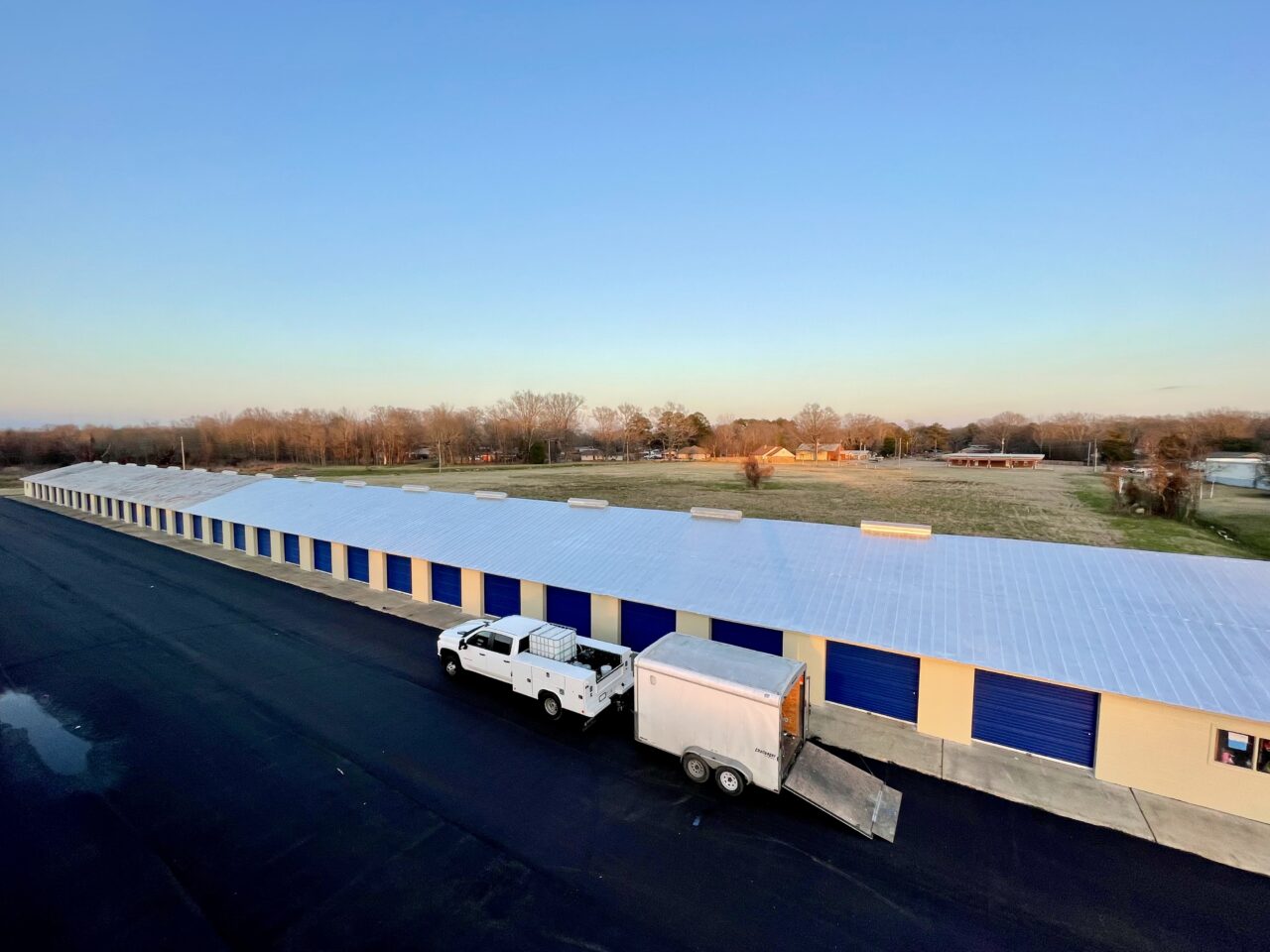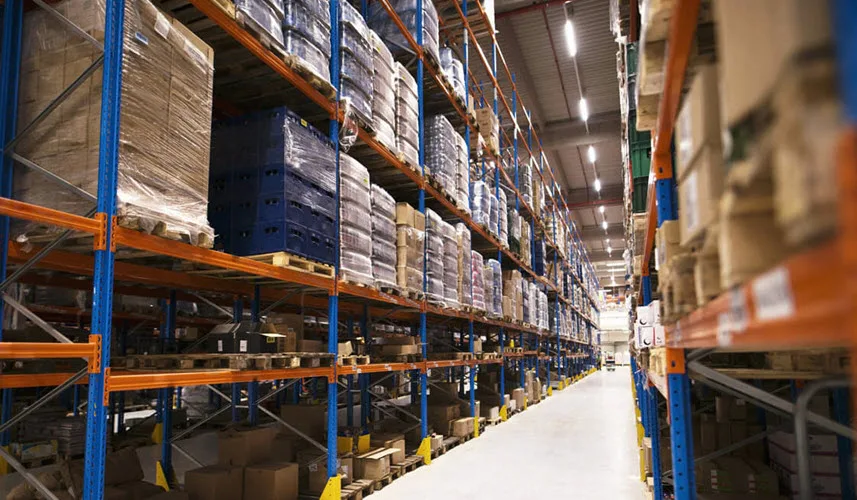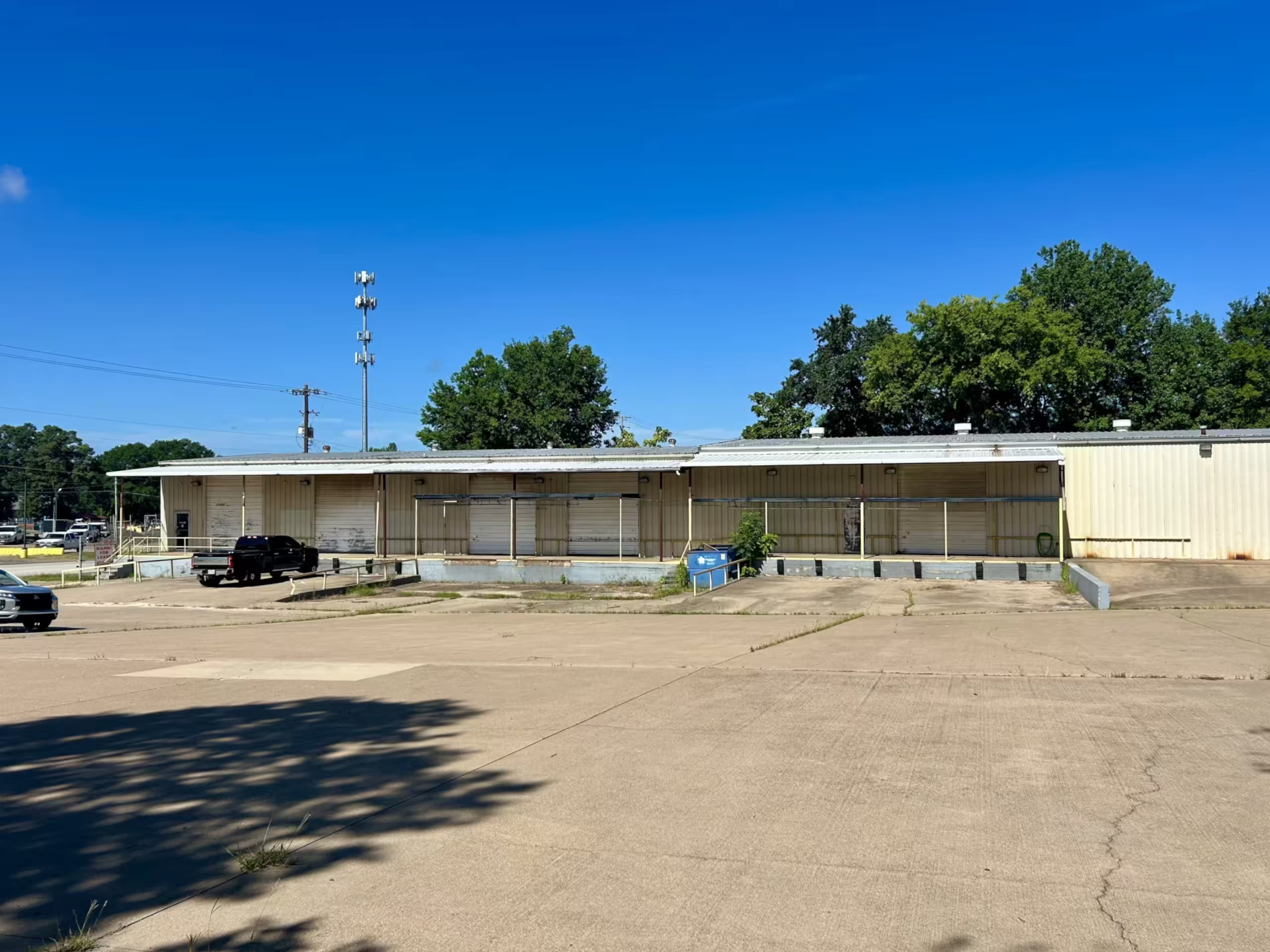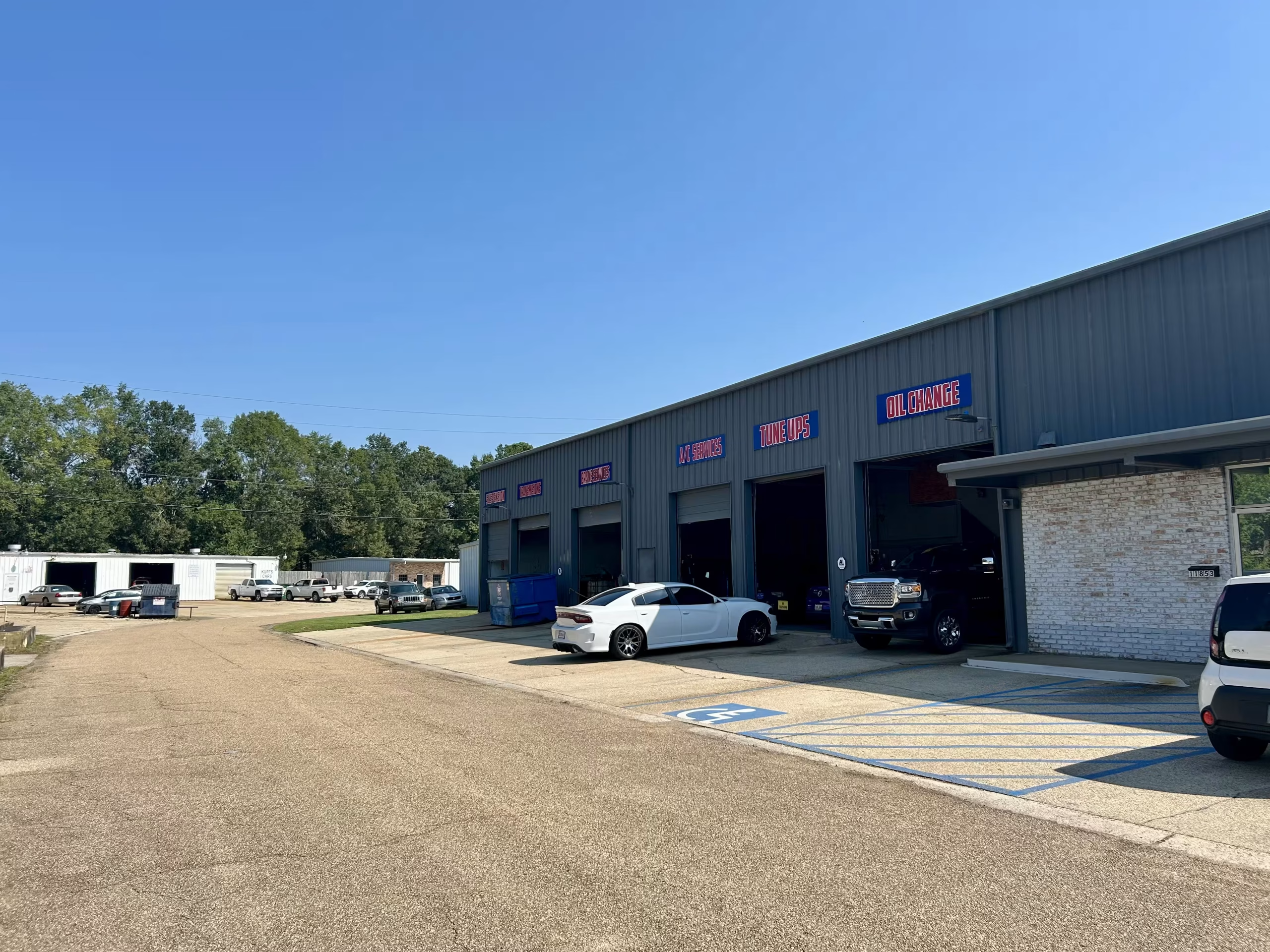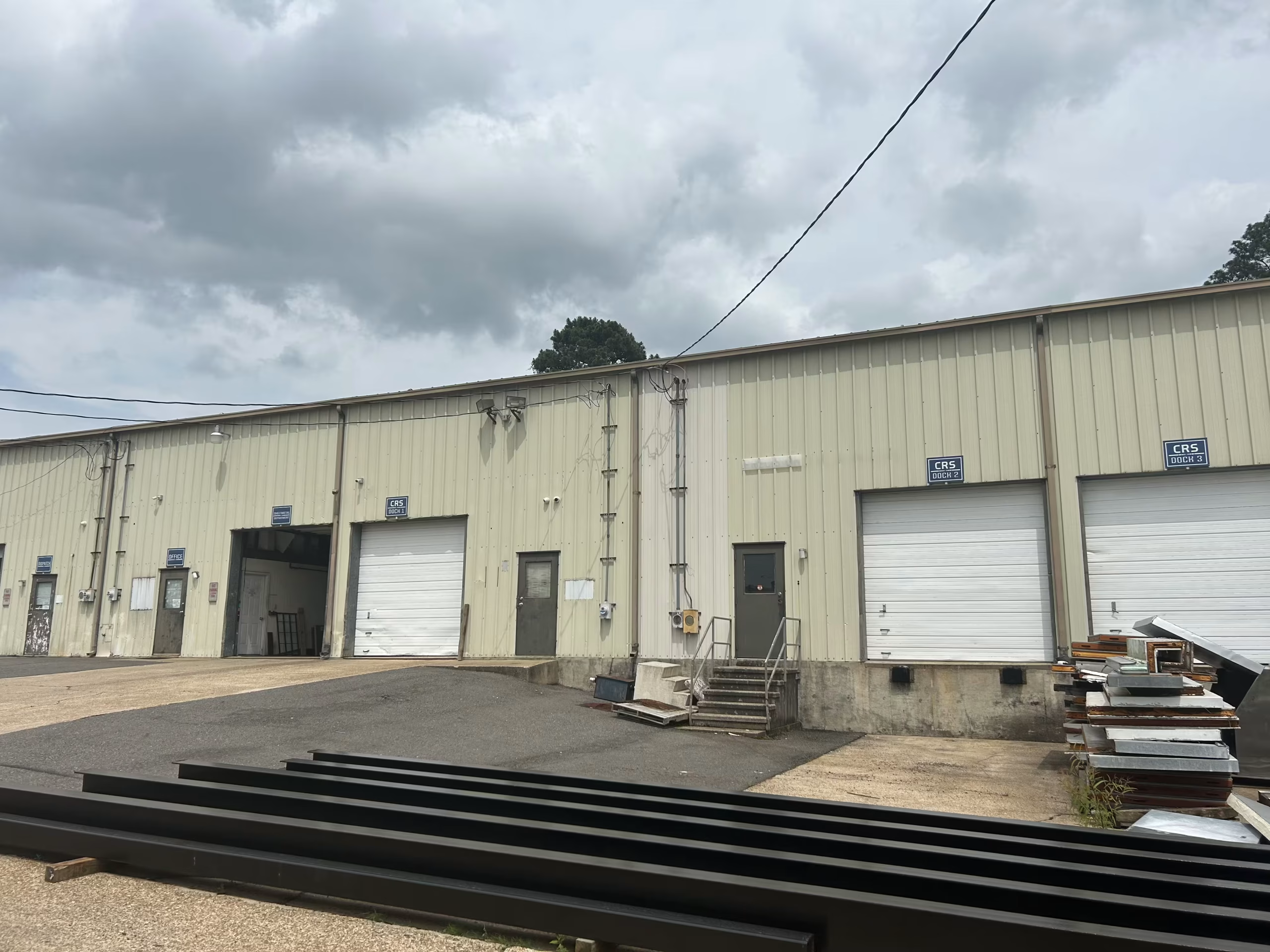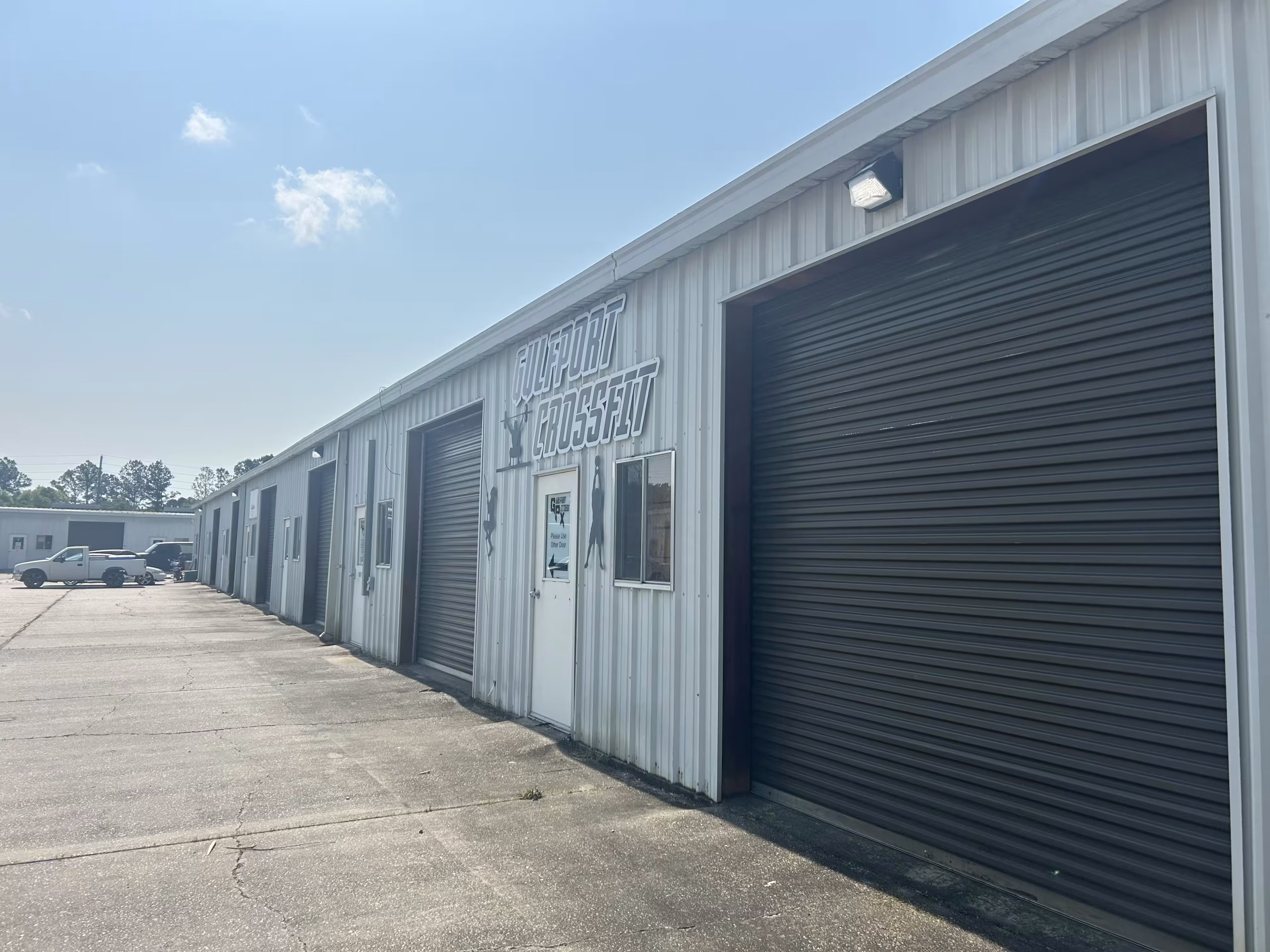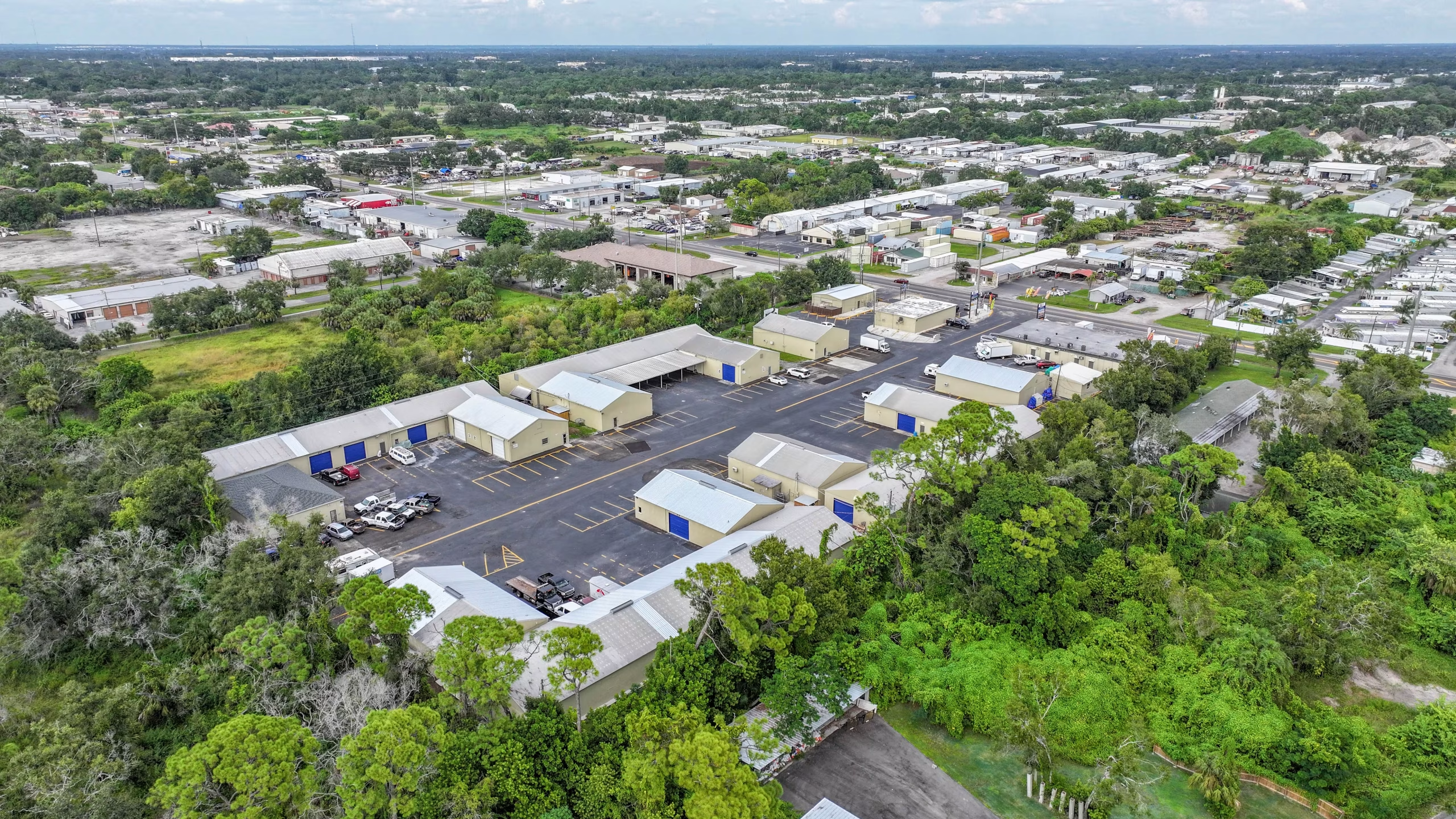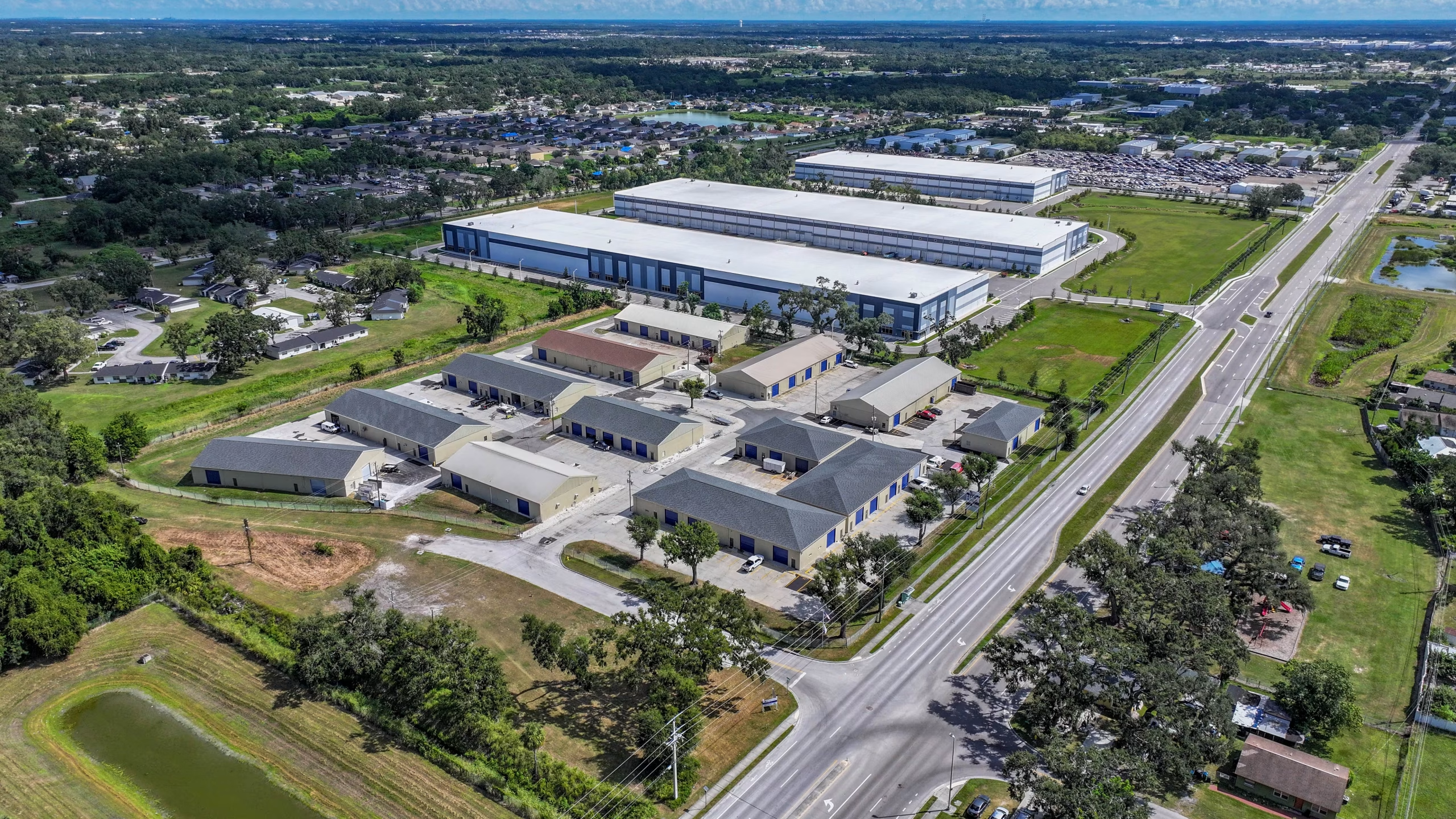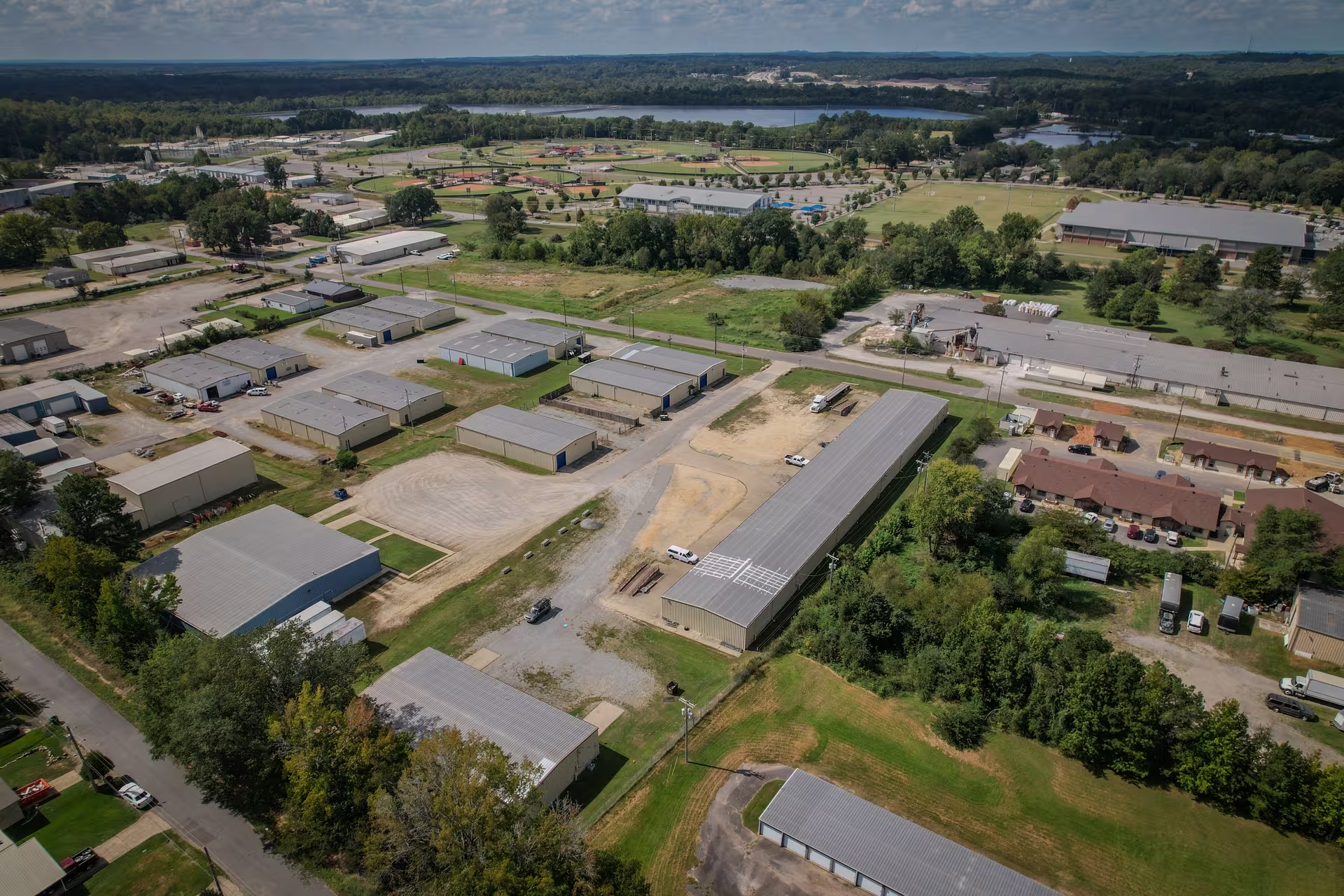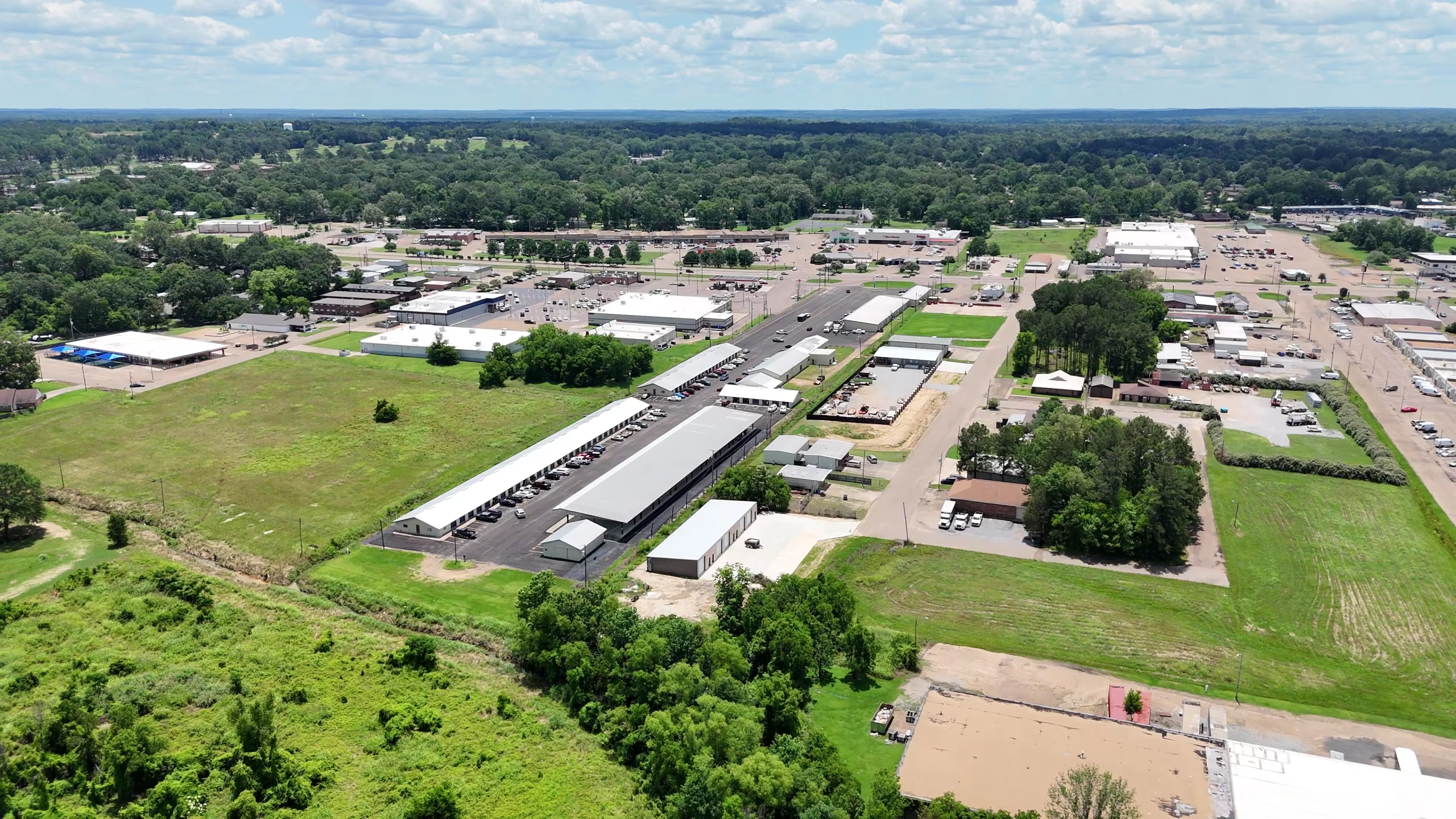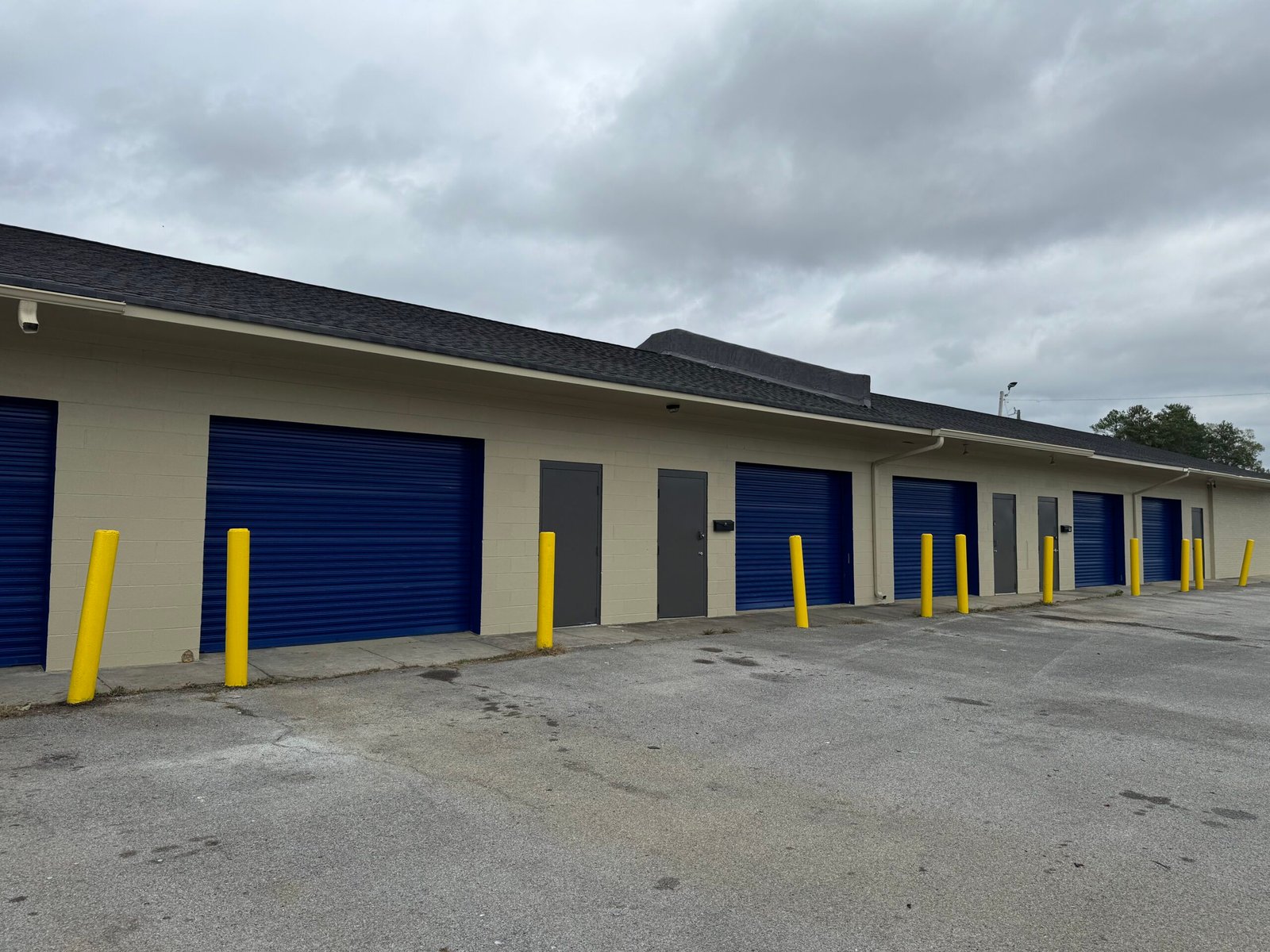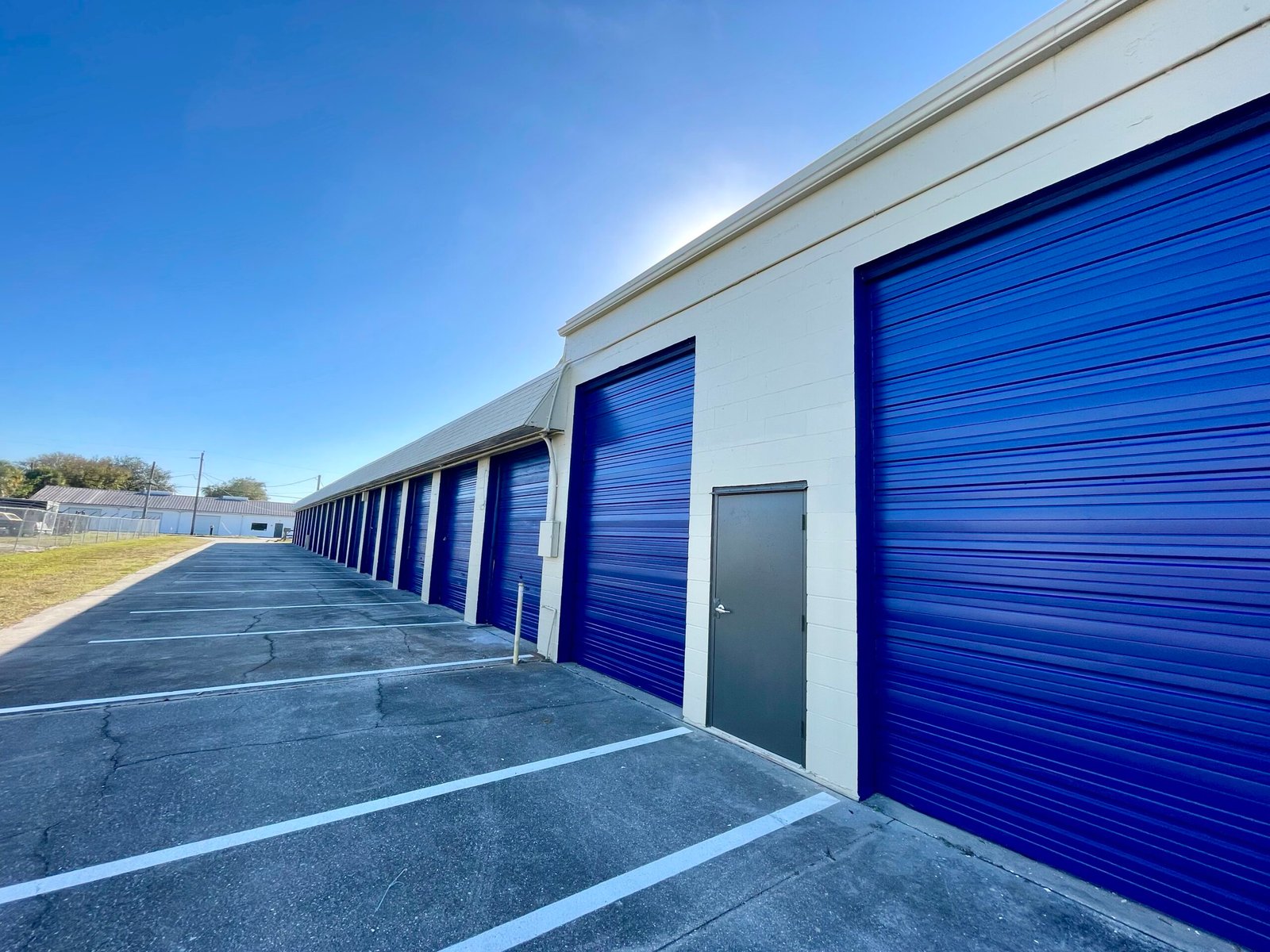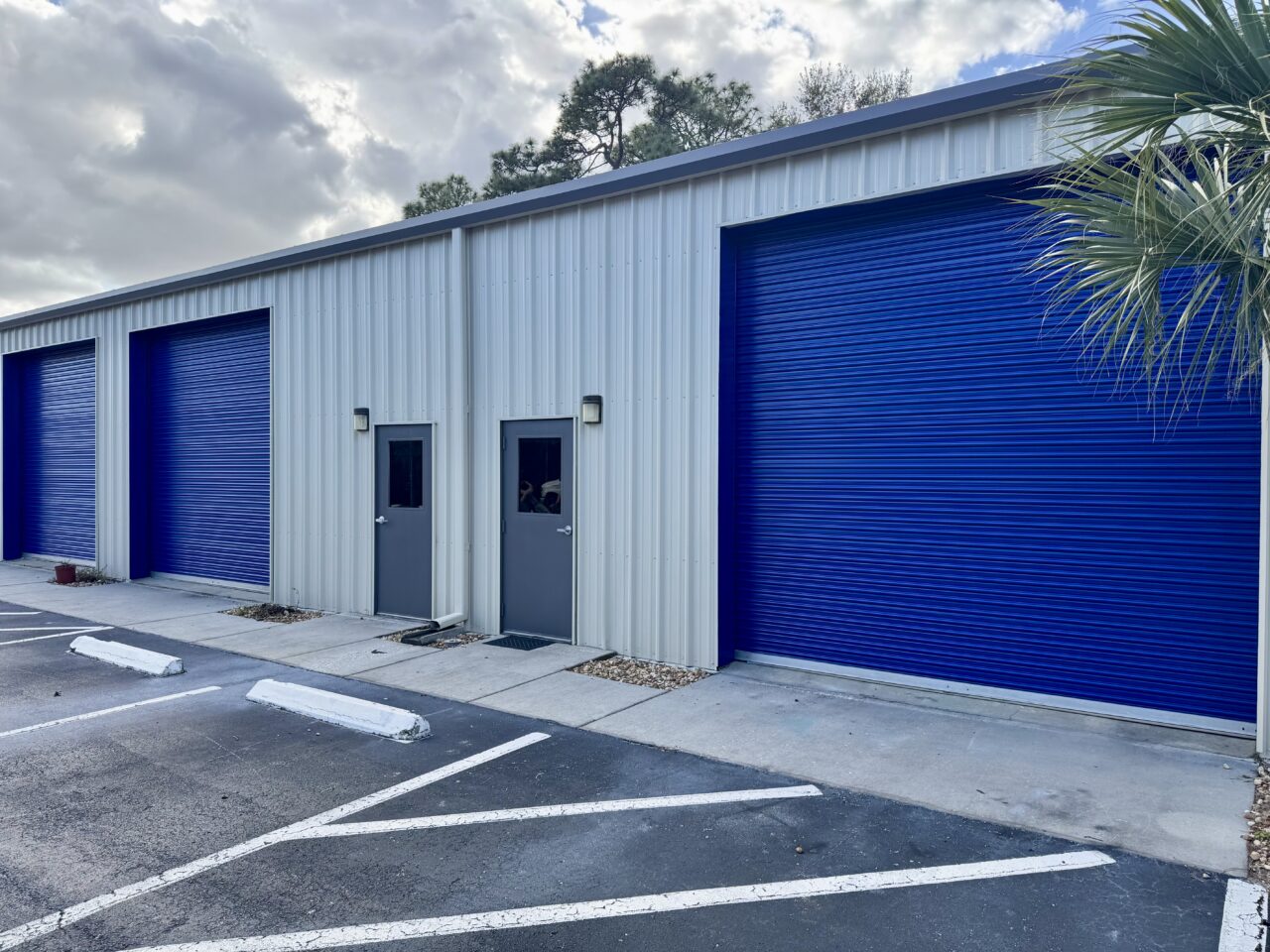1. Rise of Automation and Technology
What’s Happening: Automation is transforming industrial warehousing with technologies like robotics, artificial intelligence (AI), and Internet of Things (IoT) devices. Automated systems streamline operations, reduce errors, and enhance efficiency.
What It Means for Tenants: Embracing automation can improve operational efficiency and reduce labor costs. Tenants should consider facilities with integrated technology solutions or look into retrofitting existing spaces to accommodate automation needs. Additionally, understanding the technological capabilities of a warehouse can provide a competitive edge in a rapidly evolving market.
2. Sustainability and Green Initiatives
What’s Happening: There is a growing emphasis on sustainability in industrial warehousing. This includes energy-efficient buildings, renewable energy sources, and waste reduction programs.
What It Means for Tenants: Tenants increasingly prefer spaces that align with their sustainability goals. Choosing warehouses with green certifications or those investing in sustainable practices can enhance your brand’s reputation and reduce operating costs through lower energy consumption. Additionally, it’s worth exploring incentives or tax breaks that may be available for occupying eco-friendly properties.
3. Demand for Last-Mile Warehousing
What’s Happening: The surge in e-commerce has driven up demand for last-mile warehousing—facilities closer to urban centers for quicker delivery times.
What It Means for Tenants: Proximity to key markets can significantly impact delivery efficiency and customer satisfaction. If your business relies heavily on fast delivery, securing warehouse space near major population centers can offer strategic advantages. Be prepared for potentially higher rental costs in these prime locations, but weigh this against the benefits of faster and more reliable delivery.
4. Flexibility and Adaptability
What’s Happening: The need for flexible warehouse spaces has grown as businesses face fluctuating inventory levels and varying operational needs.
What It Means for Tenants: Look for warehouse properties that offer flexible leasing options and customizable spaces. Facilities with modular designs or adjustable storage solutions can accommodate changes in your business requirements, reducing the need for frequent relocations or costly renovations.
5. Enhanced Data Analytics
What’s Happening: Advanced data analytics are being used to optimize warehousing operations. This includes inventory management, predictive maintenance, and supply chain visibility.
What It Means for Tenants: Leveraging data analytics can enhance your operational efficiency and decision-making processes. Tenants should seek warehouses equipped with analytics capabilities or partner with logistics providers who offer data-driven insights. This approach can help optimize inventory levels, reduce downtime, and improve overall operational performance.
6. Increased Focus on Health and Safety
What’s Happening: The COVID-19 pandemic has heightened awareness of health and safety in industrial environments, leading to stricter regulations and practices.
What It Means for Tenants: Ensuring that your warehouse complies with the latest health and safety standards is essential. This includes proper ventilation, cleanliness, and emergency protocols. Tenants should also consider facilities with robust health and safety measures to protect employees and minimize disruptions to operations.
7. Integration of Multi-Use Spaces
What’s Happening: There is a growing trend towards multi-use spaces that combine warehousing with other functions, such as retail or office spaces.
What It Means for Tenants: Multi-use warehouses can offer additional value by integrating different aspects of your business into a single location. This can lead to cost savings, enhanced operational efficiency, and better coordination between various functions. Evaluate how multi-use spaces align with your business needs and whether they can provide added benefits.
Conclusion
The industrial warehousing landscape is evolving rapidly, driven by technological advancements, sustainability efforts, and changing market demands. For tenants, staying ahead of these trends can lead to significant operational advantages and cost savings. By understanding and adapting to these developments, you can make informed decisions that enhance your business’s efficiency, sustainability, and competitiveness.
As you navigate these trends, consider partnering with knowledgeable real estate professionals and logistics experts who can provide insights and guidance tailored to your specific needs. The future of industrial warehousing is dynamic, and staying informed is key to leveraging opportunities and achieving success in this exciting sector.
